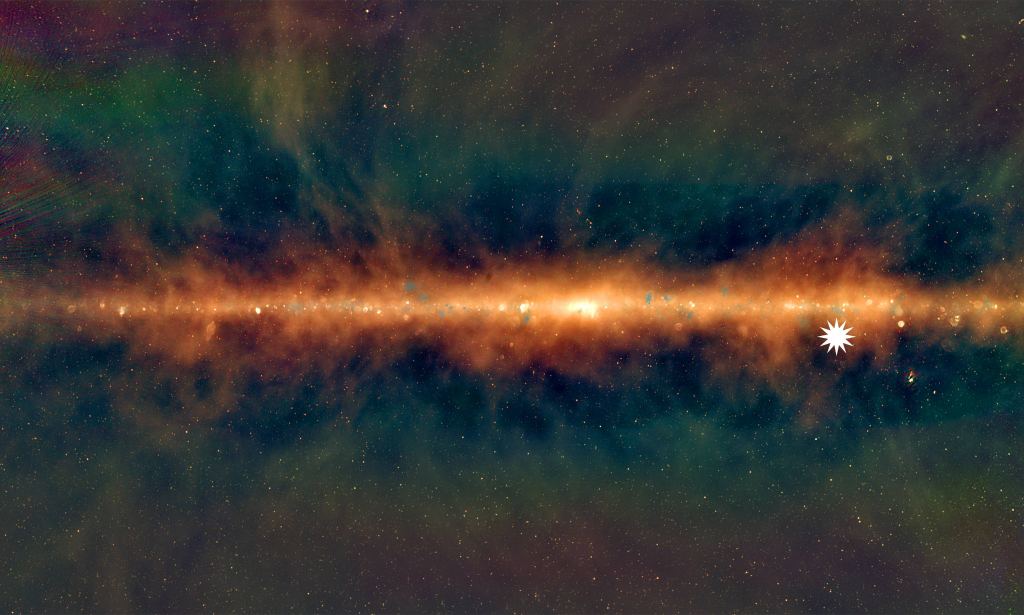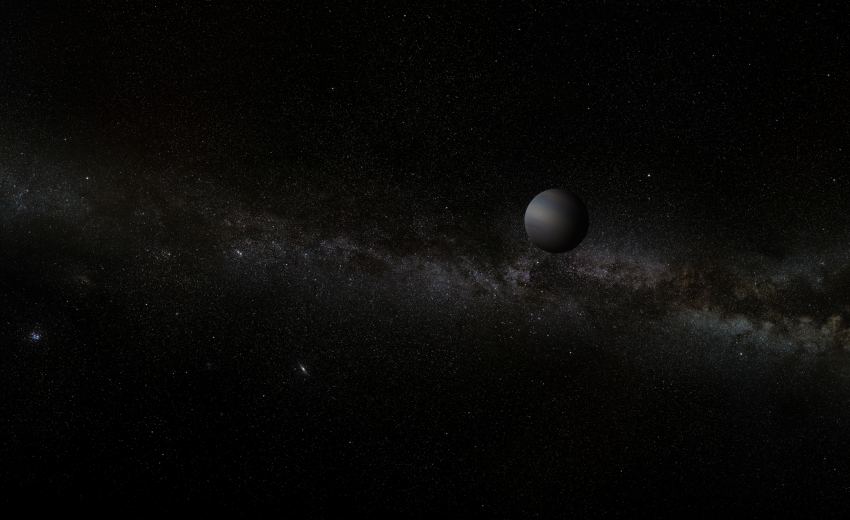
In new research, a Canadian-led team of astronomers turned up another 25 repeating FRBs, doubling the number already discovered.

Scientists have unlocked one of the biggest mysteries of quasars—the brightest, most powerful objects in the universe—by discovering that they are ignited by galaxies colliding.

Of the over 1,000 FRBs detected to date, only 29 were identified as repeating. The nature of fast radio bursts is still unknown.

A team of scientists from the University in Bulgaria say they have developed a novel new method that could help scientists differentiate between black holes and hypothetical wormholes.

Astronomers around the world are captivated by an unusually bright and long-lasting pulse of high-energy radiation that swept over Earth Sunday, Oct. 9. The emission came from a gamma-ray burst (GRB). Its cause is unknown.

The object, named FRB 20201124A, was detected with FAST telescope in China. We still don't know the souce of these signals from space. And this recent discovery just added more to the mystery.

Not only was it very long, lasting about three seconds, but there were periodic peaks that were remarkably precise, emitting every fraction of a second – like a heartbeat. This is the first time the signal itself is periodic.

Astronomers have discovered two large, mysterious objects blasting out of the brightest black hole in the known Universe.

The discovery of a neutron star emitting unusual radio signals is rewriting our understanding of these unique star systems.

Just 4,000 light-years from Earth is a strange, star-sized object. It’s been observed by radio telescopes, but astronomers aren’t sure what it is. They call it a long period transient.

Rogue planets are planets that might be lurking in the vast dark between stars. With recent discoveries we’re getting closer to definitively saying that they do exist.

The CHIME radio observatory detected over 500 Fast Radio Bursts (FRBs) during its first year in operation. Before CHIME, there were less than 100 total discovered FRBs.

A mysteriously dimming star located about 1,480 light-years away in the constellation of Cygnus and known as Tabby's star is, in fact, a binary stellar system, made up of a F-type star and a smaller red dwarf star.

The signal appears to emanate from the direction of our neighboring star and cannot yet be dismissed as Earth-based interference, raising the very faint prospect that it is a transmission from extraterrestrial intelligence.

Until now, the source of Fast Radio Bursts was a mystery. Now astronomers at multiple institutions have pinpointed the FRB spotted in the Milky Way and conclude it most likely was generated by a magnetar.